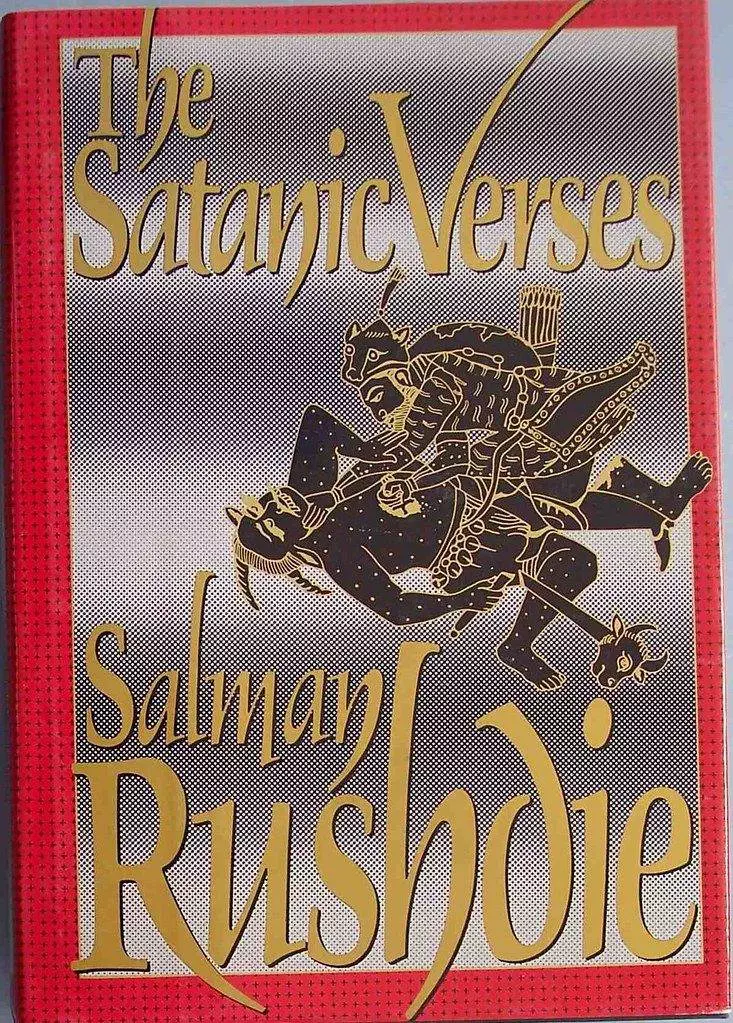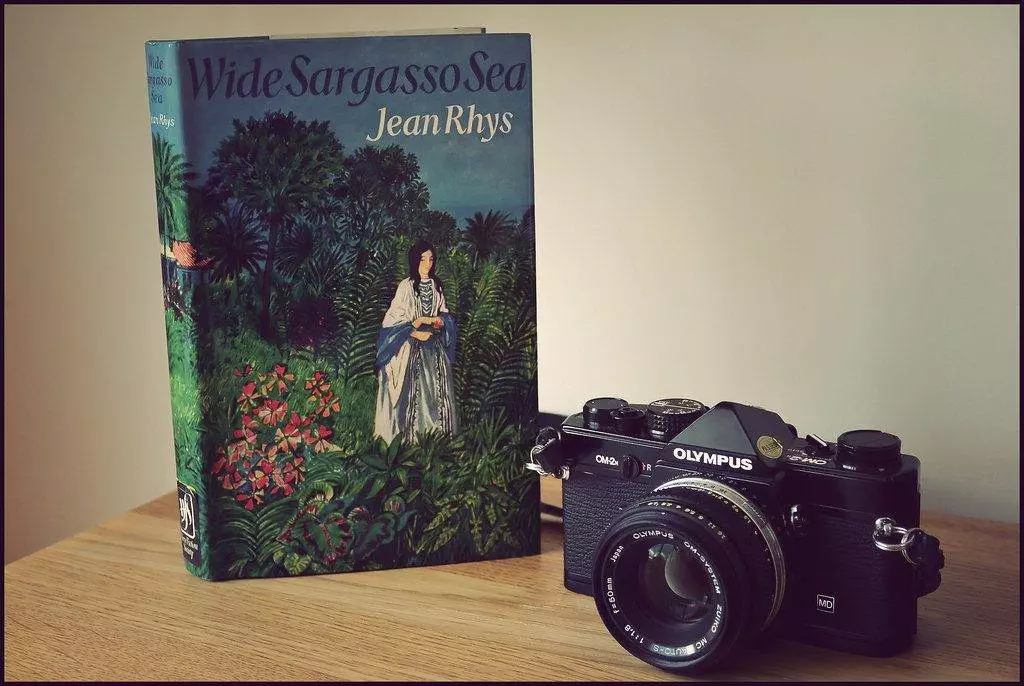What is Representation of the Other in English Literature
Postcolonial literature critically examines the effects of colonialism on cultures and societies, particularly focusing on the experiences of those marginalized by colonial powers. The concept of the ‘Other’ is central to postcolonial theory, representing individuals and groups viewed as different or outside the cultural norm established by the colonizers. This blog explores how three renowned authors—Salman Rushdie, Jean Rhys, and Zadie Smith—portray the ‘Other’ in their works, offering insights valuable to UGC NET aspirants and those interested in postcolonial literary theory.
Table of Contents
Salman Rushdie and the Postcolonial Narrative
Salman Rushdie, a prominent figure in postcolonial literature, utilizes his works to explore themes of identity, migration, and cultural hybridity. Born in India and educated in England, Rushdie’s background informs his nuanced portrayal of the ‘Other’.
Analysis of “Midnight’s Children”
In “Midnight’s Children,” Rushdie intertwines personal and national histories, depicting the protagonist Saleem Sinai’s life alongside India’s journey from colonialism to independence. Saleem’s identity crisis, rooted in his mixed heritage, symbolizes the broader struggles of postcolonial societies to define themselves. Rushdie uses magical realism to illustrate the fragmented reality experienced by the colonized, portraying the ‘Other’ as both integral to and marginalized within the nation’s narrative.
Analysis of “The Satanic Verses”
“The Satanic Verses” further delves into the complexities of cultural and religious identities. The novel’s protagonists, Gibreel Farishta and Saladin Chamcha, embody different aspects of the immigrant experience in Britain. Through their transformations and struggles, Rushdie explores the clash between Eastern and Western identities, the burden of religious heritage, and the search for personal authenticity. The portrayal of the ‘Other’ here is multifaceted, reflecting the diverse challenges faced by postcolonial individuals.

Impact of Colonial History on Identity
Rushdie’s works highlight how colonial history shapes personal and collective identities. He emphasizes the fluidity of identity, suggesting that the ‘Other’ is a construct influenced by historical and cultural contexts. By doing so, Rushdie encourages readers to question rigid definitions of identity and embrace the complexities of postcolonial existence.
Jean Rhys: Reimagining the Colonial Experience
Jean Rhys, born in the Caribbean and later moving to England, offers a unique perspective on the colonial experience, particularly through her reimagining of classic literature.
Analysis of “Wide Sargasso Sea”
“WIDE SARGASSO SEA” is Rhys’s prequel to Charlotte Brontë’s “Jane Eyre,” giving voice to the silenced character of Bertha Mason, renamed Antoinette Cosway. Rhys’s narrative explores Antoinette’s Creole identity, her struggles with cultural displacement, and her descent into madness. Through Antoinette, Rhys portrays the ‘Other’ as a victim of colonial and patriarchal oppression, highlighting the intersection of race, gender, and power.

Representation of the ‘Other’ through Antoinette/Bertha
Antoinette’s character challenges the colonial stereotypes imposed on her. Her Creole background positions her as neither fully accepted by the white colonizers nor the black natives, embodying the liminal space occupied by the ‘Other’. Rhys critiques the dehumanization and marginalization of colonial subjects, offering a compassionate portrayal of Antoinette’s complex identity.
Exploration of Racial and Gender Identities within a Colonial Context
Rhys’s work delves into the intertwined oppressions of race and gender, illustrating how colonialism exacerbates these issues. Antoinette’s tragic fate underscores the destructive impact of colonial power structures on individual lives. By reimagining Bertha’s story, Rhys gives a voice to the marginalized, challenging readers to reconsider their perceptions of the ‘Other’.
Zadie Smith and Contemporary Postcolonialism
Zadie Smith, a contemporary British author, explores postcolonial themes within the context of modern multicultural Britain. Her works reflect the ongoing relevance of postcolonial theory in contemporary society.
Analysis of “White Teeth”
In “White Teeth,” Smith presents a richly textured narrative of multicultural London, following the lives of two families over several generations. The novel addresses issues of immigration, identity, and cultural assimilation. Characters like Archie, Samad, and their children navigate the complexities of belonging and otherness in a diverse society. Smith’s portrayal of the ‘Other’ is dynamic, reflecting the evolving nature of identity in a postcolonial world.
Analysis of “On Beauty”
“On Beauty” continues Smith’s exploration of multiculturalism, focusing on the lives of the Belsey family in a fictional American town. The novel examines race, class, and academic politics, highlighting the tensions between personal identity and societal expectations. Through characters like Kiki and Howard, Smith explores the challenges faced by marginalized individuals in a predominantly white academic setting.
Depiction of Multiculturalism and Hybrid Identities
Smith’s works celebrate the diversity and complexity of contemporary postcolonial identities. She portrays the ‘Other’ not as a fixed category but as a fluid, evolving concept shaped by cultural, social, and personal factors. Her narratives emphasize the importance of embracing multiculturalism and recognizing the value of hybrid identities in a globalized world.
Comparative Analysis of Rushdie, Rhys, and Smith
Comparing the works of Rushdie, Rhys, and Smith reveals common themes and divergent approaches in their portrayal of the ‘Other’. All three authors explore identity, displacement, and cultural hybridity, but their narrative techniques and perspectives differ significantly.
Common Themes in Their Portrayal of the ‘Other’
Each author addresses the impact of colonial history on personal and collective identities, highlighting the struggles and resilience of marginalized groups. They challenge stereotypical representations of the ‘Other’, offering nuanced, empathetic portrayals that reflect the complexities of postcolonial existence.
Differences in Their Narrative Techniques and Perspectives
Rushdie’s use of magical realism contrasts with Rhys’s psychological realism and Smith’s contemporary realism. These differing techniques influence how each author portrays the ‘Other’, from Rushdie’s allegorical figures to Rhys’s deeply personal character studies and Smith’s vibrant, multifaceted characters.
The Evolution of Postcolonial Literature from Rhys to Smith
The progression from Rhys to Smith illustrates the evolution of postcolonial literature, from early explorations of colonial oppression to contemporary reflections on multiculturalism. This evolution underscores the enduring relevance of postcolonial themes and the continued importance of representing the ‘Other’ in literature.
Conclusion: Understanding the ‘Other’ in Postcolonial Literature
The portrayal of the ‘Other’ in postcolonial literature offers valuable insights into the complexities of identity, culture, and power. Authors like Salman Rushdie, Jean Rhys, and Zadie Smith provide nuanced, empathetic depictions of marginalized groups, challenging readers to reconsider their perceptions and embrace the richness of postcolonial narratives. For UGC NET aspirants and contemporary readers, understanding these representations is crucial for a deeper appreciation of postcolonial theory and its applications in literature.




1 Comment
Pingback: Exploring the Shifts in Postcolonial Literature: UGC NET - LitGram by MukeshRishit